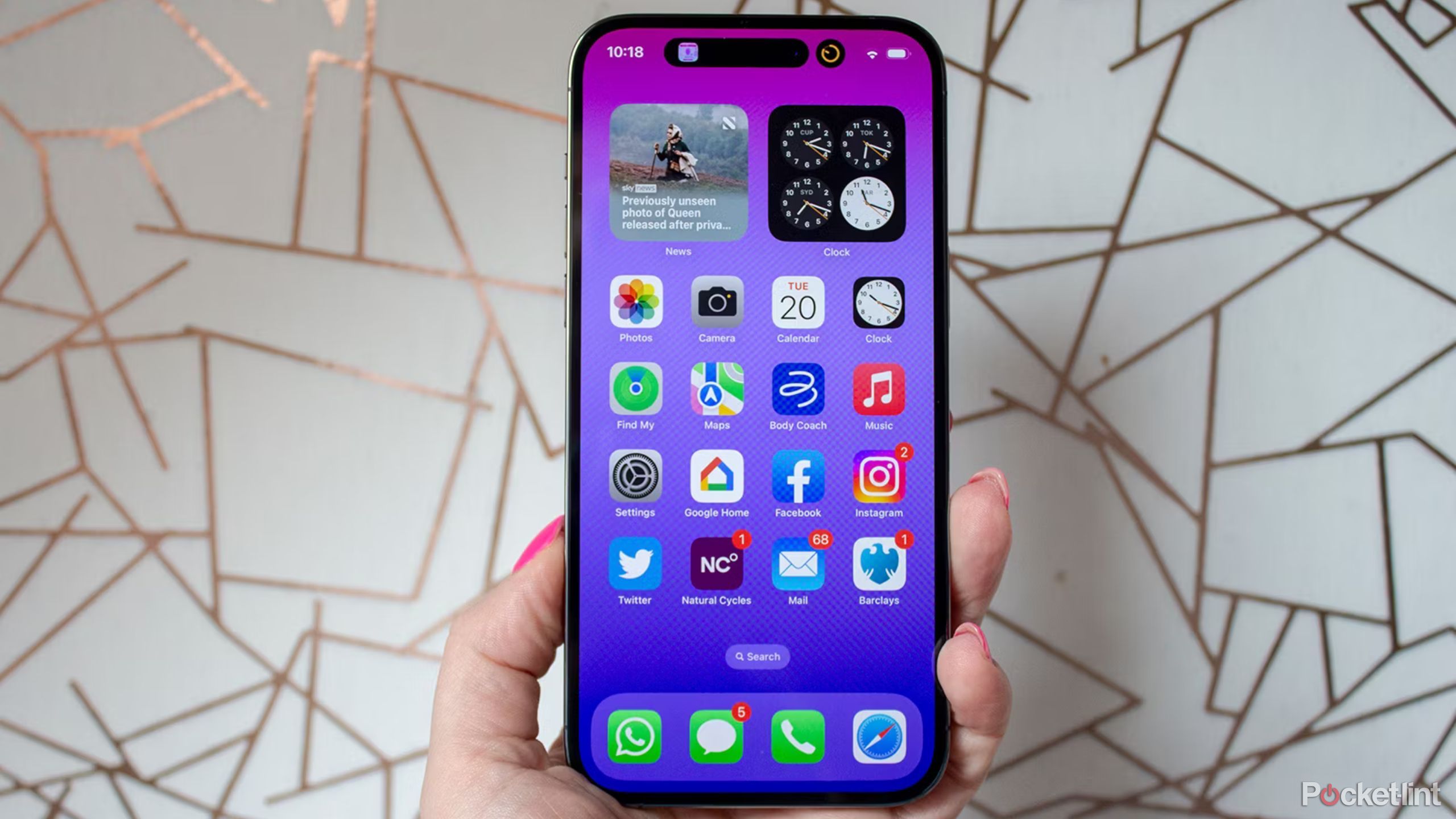Some people who bought an iPhone 16 in September or October were probably surprised to discover that Apple Intelligence was missing, despite it being the biggest bullet point in Apple’s marketing. The reality was that the tech wouldn’t be ready until October 28, and even then, Apple deployed a handful of features to a handful of regions. You still can’t use things like Writing Tools in China, France, or Japan.
With iOS 18.2, iPadOS 18.2, and macOS 15.2, Apple Intelligence has finally gained promised features like Visual Intelligence and ChatGPT integration, assuming you’re in a supported country. Apple’s not done yet, though, not by a long shot — many changes are still in the works.

Related
The iPhone’s foldable future: 4 things Apple needs to get right
There’s a high bar if Apple’s going to be late to the foldable party.
1 Deeper Siri integration with apps and personal data
Making Apple’s voice assistant more useful
Apple
While Apple has already done a little tweaking of Siri for Apple Intelligence — including that ChatGPT support — the assistant is still waiting on deeper integration with in-app functions and personal data context. In the case of personal data, Siri will eventually be aware of details in notes, emails, and other content, for instance, allowing you to track down your upcoming flight to Fiji.
You might, say, ask Siri to edit a photo for you before attaching it to a new Mail or Messages conversation.
In-app functions will both expand and bridge between apps. While you can already ask Siri to do things like create a reminder or play a song, you’ll be able to ask for new functions (known as App Intents) and string them together. You might, say, ask Siri to edit a photo for you before attaching it to a new Mail or Messages conversation. Support will reach third-party apps as well, although it may take a while before App Intents become commonplace.
Currently, these Siri improvements are expected to hit in early 2025, wrapped into either iOS 18.3 or 18.4. The latter might mean as late as March or April.

Related
I replaced Siri with ChatGPT Voice, and now you can too
Kick Siri to the curb and replace her with ChatGPT’s more advanced voice model.
2 Priority notifications
Sorting through the daily chaos
Apple
You may have already noticed Apple Intelligence summarizing notification stacks, or flagging some notifications as “Maybe Important.” The long-term goal, however, is to put your most important notifications front-and-center automatically. Ideally, you’ll see a job acceptance email before you see yet another unwanted ad from DoorDash or Uber Eats.
There’s no fixed timeline for priority notifications beyond “the coming months.” It may be a difficult nut for Apple to crack, since a lot of developers pretend that their alerts are important just to get your attention.

Related
Getting too many alerts on your iPhone? Here’s how to take control of your notifications
From completely disabling alerts to tailoring your phone’s notifications using Focus modes, you have plenty of options to silence your iPhone.
3 Genmoji and Memory Movies on Mac
Bringing desktops and laptops up to par
The full power of Apple Intelligence isn’t spread equally across platforms. The focus seems to be on iPhones, with other platforms coming in second, if they rank at all — the tech is effectively non-existent on Apple Watches or the Apple TV 4K. Macs have enjoyed relative parity, but they still can’t use Genmoji, which are custom-generated emoji. Likewise, the Mac version of Photos doesn’t support Memory Movies generated from text prompts. Both of those features are in iOS 18.2.
Apple is promising Mac support in the next several months. Since the company prefers to release major software updates in sync, that could mean a macOS Sequoia upgrade around the same time as iOS 18.3 or 18.4.

Related
Emoji making madness: iOS 18.2’s Genmoji is Apple Intelligence’s secret best feature
As part of the iOS 18.2 Apple Intelligence update, you can now craft your own custom emoji designs — here’s how.
4 More languages and countries
Breaking out of the anglocentric world
Kasa Fue / Creative Commons
At the moment, Apple Intelligence is exclusive to English speakers in Australia, Canada, Ireland, New Zealand, South Africa, the UK, and, of course, Apple’s US home. It does work if you travel outside those countries, but you’re limited by where you first set it up.
Starting in April 2025, Apple is planning to expand to more languages and regions, including the European Union. Language options will include:
- Chinese
- English (India)
- English (Singapore)
- French
- German
- Italian
- Japanese
- Korean
- Portuguese
- Spanish
- Vietnamese
The bad news is that despite plans to add Chinese, there’s no timeframe for enabling Apple Intelligence on devices bought in mainland China.

Related
How to translate live conversations with Google Translate
With Google Translate, you have a translator in your pocket. You can translate and transcribe live audio — including conversations — in real time.
5 A conversational version of Siri
A real challenger to ChatGPT and Google Gemini?
OpenAI
Reports say that Apple is working on an advanced version of Siri that will use large language models (LLMs) to enable back-and-forth conversations. That would be similar to Google’s Gemini Live, or OpenAI’s GPT-4o Advanced Voice. Little else is known about the project, but Apple is likely interested in reducing the need for third-party AI, as well as shaking a perception of lagging behind. Siri is often considered inferior to Amazon Alexa and Google Assistant, let alone generative AI assistants like Gemini.
Don’t hold your breath — the overhaul isn’t predicted to launch until spring 2026 or later. By that point, Apple’s rivals may be even further ahead.
Credit : Source Post






